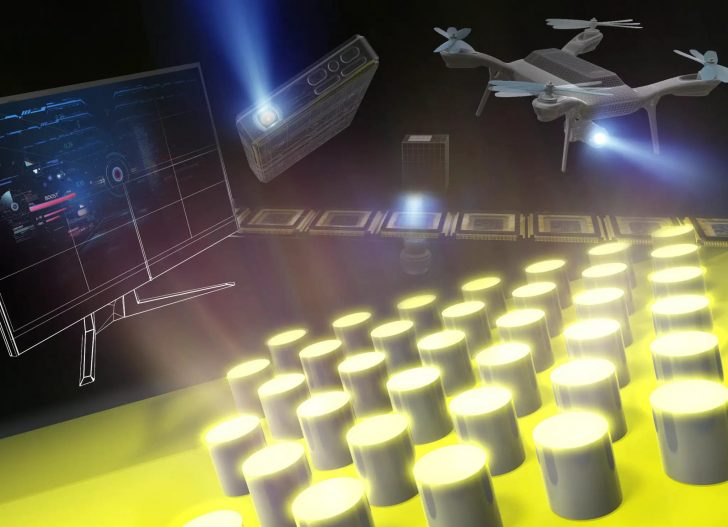Science has been on its way to advancement since the day it was created. From stone wheels to lavish cars that work on electricity, just like this, there are many things that science has done that have revolutionized everyday life. Just like this, Photoluminescence was discovered which is a process that consists of molecules absorbing a photon in the visible region which would then result in a higher electronic excited state. While all this is happening inside, what you will see is the emission of light or luminescence. Scientists consider this to be a great way to generate energy to help the world move away from using fuels to sustainable energy.

Zain/Pexels | Get ready for new LEDs that are going to light up your world
Recently, scientists conducted a study that found that Titanium oxides have proved to be significant when it comes to enhancing efficiency and Photoluminescence. A white LED is considered to be the best light source but their reign might come to an end with this new alternative that may be superior. If you are interested in knowing what it's all about then keep on reading.
Understanding the Technology Behind LEDs
A nanoantenna or photonic crystal is a 2D structure that has nano-sized particles with a periodic arrangement and it is being developed to be a cutting-edge optical control technology that, once it comes in contact with light, will produce a mix of blue and yellow lights. This phenomenon will occur once it is combined with light and nanoantenna that would have a phosphor plate.
How LEDs Work
Now when it comes to white LEDs, one thing is certain - they have come a long way. They have advanced and have been refined over time. The LED technology utilizes yellow phosphor and blue LDs. These blue LDs are highly directional and the yellow phosphor radiates in all directions which results in an undesirable color but researchers were not ready to give up on this. So they developed a phosphor plate that combines nanoantenna with aluminum that increased the phenomenon of Photoluminescence. The aluminum helps in improving the light intensity and in scattering the light.

Tima/Pexels | Isn't this interesting? LEDs aren't just filaments burning
A New Discovery
A team at Kyoto University has achieved a Ten-Fold Enhancement for Photoluminescence in a forward direction all by replacing aluminum with better material. This 'better material' happens to be titanium dioxide all because of its high refractive index and low-light absorption. Shunsuke Murai, the lead author of the study, believes that Titanium dioxide is the better choice but it doesn't change the fact that the light scattering ability of the material isn't up to par compared to aluminum.

KyotoU/Shunsuke Murai | Here's to brighter rooms and advanced LEDs
This issue was quickly resolved by using computer simulation to create the best optimal nanoantenna design.
They also refined the experiment by using the thinnest phosphors which resulted in the brightest Photoluminescence. Would you be interested in this new invention?








